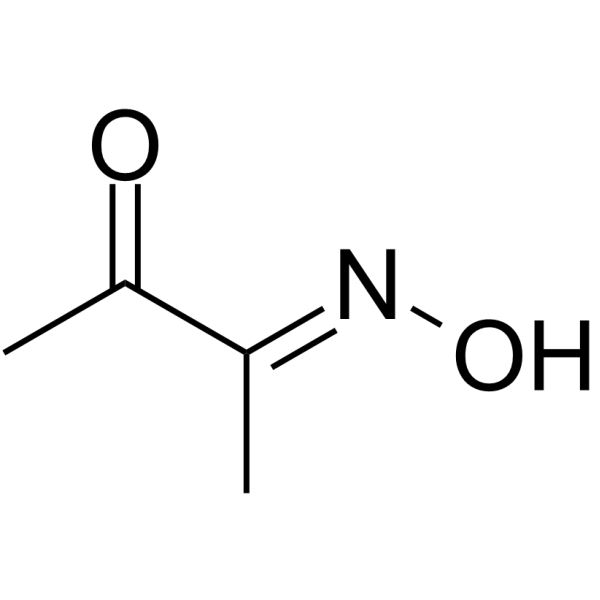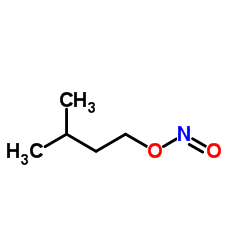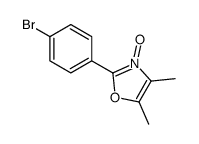57-71-6
| Name | Diacetylmonoxime |
|---|---|
| Synonyms |
(3E)-3-(Hydroxyimino)-2-butanone
EINECS 200-348-5 2,3-BUTANEDIONE-2-OXIME Diacetyl monoxime (2E)-butane-2,3-dione oxime (3E)-3-(Hydroxyimino)butan-2-one MFCD00002116 2,3-Butanedione monoxime |
| Description | Biacetyl monoxime (Diacetyl monoxime), a myosin ATPase inhibitor, is a skeletal and cardiac muscle contraction inhibitor. Biacetyl monoxime induces sarcoplasmic reticulum Ca2+ release[1][2]. |
|---|---|
| Related Catalog | |
| References |
| Density | 1.1±0.1 g/cm3 |
|---|---|
| Boiling Point | 185.5±9.0 °C at 760 mmHg |
| Melting Point | 75-78 °C(lit.) |
| Molecular Formula | C4H7NO2 |
| Molecular Weight | 101.104 |
| Flash Point | 66.0±18.7 °C |
| Exact Mass | 101.047676 |
| PSA | 49.66000 |
| LogP | -0.47 |
| Vapour Pressure | 0.3±0.7 mmHg at 25°C |
| Index of Refraction | 1.452 |
| Stability | Stable. Incompatible with strong oxidizing agents. |
| Water Solubility | 5 g/100 mL (20 ºC) |
CHEMICAL IDENTIFICATION
HEALTH HAZARD DATAACUTE TOXICITY DATA
|
| Personal Protective Equipment | Eyeshields;Gloves;type N95 (US);type P1 (EN143) respirator filter |
|---|---|
| Hazard Codes | Xn:Harmful |
| Risk Phrases | R20/21/22;R36/37/38 |
| Safety Phrases | S22-S24/25-S36/37/39-S26 |
| RIDADR | NONH for all modes of transport |
| WGK Germany | 3 |
| RTECS | EK3150000 |
| HS Code | 29280090 |
| Precursor 2 | |
|---|---|
| DownStream 5 | |
| HS Code | 2928000090 |
|---|---|
| Summary | 2928000090 other organic derivatives of hydrazine or of hydroxylamine VAT:17.0% Tax rebate rate:9.0% Supervision conditions:none MFN tariff:6.5% General tariff:20.0% |





![N,N-bis[(E)-3-nitrosobut-2-en-2-yl]ethane-1,2-diamine structure](https://image.chemsrc.com/caspic/078/36658-91-0.png)


